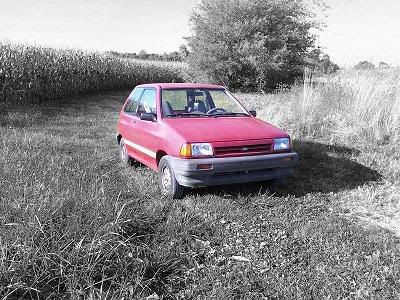Originally posted by doylerl
View Post
As for testing, check your voltage at the coil positive during cranking. It should be battery voltage (arond 10 volts during cranking). Can't think straight at the moment, I'll post more tests tommorow.


Comment